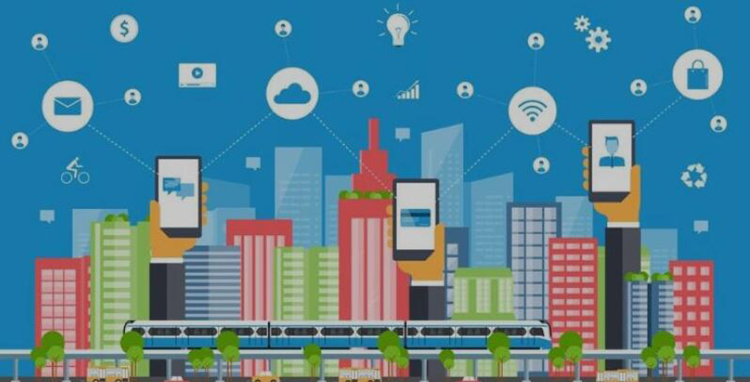
(FROM IOT Dunia)
The Internet of Things (IoT) it is a growing category in which number of ordinary devices are integrated via the internet. It offers significant opportunities for businesses to make smarter, more-informed decisions to improve their bottom lines.
Smart About Energy :
In terms of energy management, smart devices and integrated systems can enable businesses to better understand their energy usage and costs in real-time, identify malfunctioning equipment and overlay data sets to draw previously invisible insights that can increase efficiency and reduce operating costs.
Smart Lighting :
With smart lighting , “as a lighting system that is connected to a network and can be both monitored and controlled from a centralized system or via the cloud,” companies can achieve significant savings by analyzing what areas of the business are contributing most to energy costs and how performance varies throughout the day.
For example, our office building with smart lighting may look at the data and notice that conference room lighting is contributing to an unexpectedly high portion of the electricity bill. The company could installing sensors to activate conference room lighting only when someone is in the room or create an intelligent schedule that automatically turns lights off when meetings are not scheduled. Without this type of data and reporting, companies lack the visibility required to realize efficiencies like this.
In addition to smart lighting, IoT could have a found impact on energy management as buildings become more incorporated with sensors and machines. If we connect these devices with each other while feeding data into analytics software, businesses gain a more complete picture of their energy usage.
Another example – As we all know Street light is one of the important part in city. Currently existing manual system is used to switches on or off. lots of energy get waste because o f manual on/off system. we can replace these system with smart street lights which can automatic on or off by considering the sunlight intensity. we can connect these street light to internet due to these we can operate or monitor it from anywhere anytime . If any fault ocurrs in any street light it will send messsage automatically to street light management department that street light becomes faulty.
This system cuts down the cost of conventional system by 50-60% which improves the economy of the country and saves a huge amount of investment as it can be utilized in useful ideas. This system make the easy way to reduce manual work of on/off street light.
Secure Smart Shopping Trolly :
The Internet of Things (IoT) is changing human lives by interfacing regular questions together. For instance, in a supermarket all things can be associated with each other, shaping a savvy shopping framework. In such an IoT framework, a reasonable RFID tag can be connected to every item which, when put into a shrewd shopping basket, can be naturally perused by a truck furnished with a RFID reader. Thus, charging can be directed from the shopping basket itself, keeping clients from holding up in a long line at checkout. Furthermore, shrewd racking can be included into this framework, outfitted with RFID reader, and can screen stock, maybe likewise refreshing a focal server. Another advantage of this sort of framework is that stock administration turns out to be substantially less demanding, as all things can be consequently perused by a RFID reader rather than physically checked by a worker. To approve the attainability of such a framework, in this work the outline necessities of a brilliant shopping framework are distinguished, a model framework to test usefulness is assembled and a safe correspondence convention to make the framework viable is planned. To the best of our insight, this is the first run through a brilliant shopping framework is proposed with security under thought.
All the products will be attached with one RFID tags respectively. UHF RFID reader, a micro controller, an LCD touchscreen and a weight sensor are attached to the smart trolley. Wi-fi technology is used as it does not use much power and provides security. Weight sensor is attached to the trolley in order to weight the items. After scanning each item through RFID reader the information of each item will go to the server first .The information is going to fetch from the server and the information of each will be displayed on LCD screen of the trolley. The weight sensor is used so as it will calculate the total weight of items. The weight given by weight sensor and the total weight of each item will be checked in order to provide security to our system. Once the customer is done with shopping a bill is going to be generated on the LCD touchscreen on trolley.